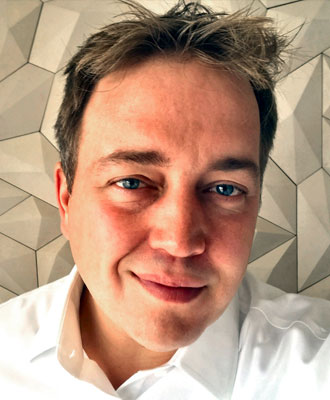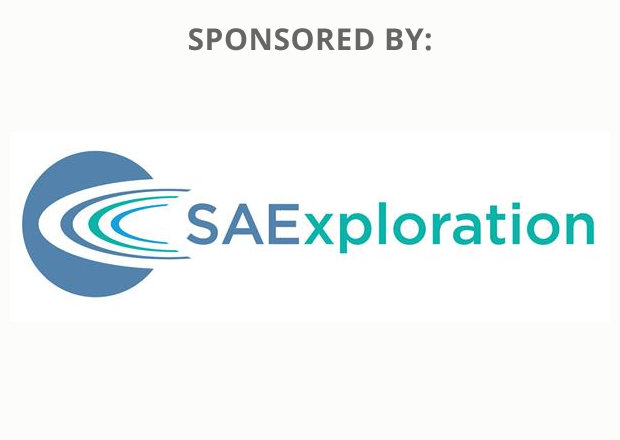Abstract
The Shannon-Nyquist Sampling Theorem has long governed seismic theory, and formed the basis for proper seismic design. It states that a continuous function can be completely described by a series of discrete samples, provided the sample rate is at least two times the maximum frequency present within the signal. Compressive Sensing (CS) – a technique used in medical imaging and digital cameras – has shown that perfect reconstruction is still possible when the sample-rate criteria is not satisfied.
Compressive Seismic Imaging (CSI) is the application of CS theory to seismic. Through proper spatial sampling, known as Non-Uniform Optimal Sampling (NUOS), CSI has shown distinct advantages to seismic imaging, including drastic increases in fold, trace density and bandwidth; proper noise attenuation of previously challenging surface wave modes; improved imaging both generally and in areas with substantial infrastructure; footprint attenuation; among others. As the evolution of seismic imaging continues, we will highlight the impact of CSI, blended acquisition, and broad bandwidth, with a case study of Aklaq 3D.
Biography
Currently Lead Geophysicist at SAExploration, Keith has as distinct passion for our society, profession, and energy industry. An active member of the SEG, CSEG, and APEGA, Keith is currently a member of the CSEG Chief Geophysicists Forum, SEG Council Member for District 5, and APEGA Authentication Subject Matter Expert Panel. He has recently been on the CSEG Executive as Director of Communications, New Initiatives Committee, APEGA Executive, chair of the CSPG Honorary Address, and member of the GeoConvention Technical Committee. Throughout his career at Anderson Exploration, Devon Canada, BJV, with leadership roles at OptiSeis and SAExploration, he has pursued imaging improvements through innovative acquisition design, modeling, processing, and IFQC on seismic programs around the world. He has presented several times at GeoConvention, SEG Annual Meetings, and published papers in the CSEG Recorder. In addition to industry and volunteer positions, he is an avid musician who enjoys raising his two daughters and son.






